TWIN PEAKS Explained: Owls, Coffee, and Cherry Pie
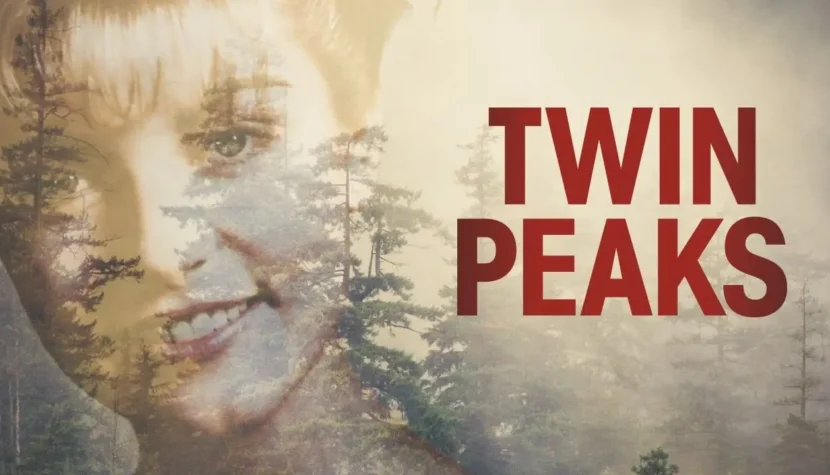
His return from an intergalactic journey to a small, quintessentially American town, brought to life by the director’s childhood memories, proved to be a triumph. Once again, Lynch could tell stories about a place he knew and understood, and the audience rediscovered his talent for creating worlds hovering between dream and reality, capable of swiftly transforming into a violent nightmare. Twin Peaks
In Lynch’s reality, the bugs crawling beneath the pristine green lawns of Blue Velvet are a potent metaphor for how the filmmaker perceives the world around us. It doesn’t matter if the view outside our windows is a concrete jungle or a dense thicket of Douglas firs like the one Agent Cooper admired upon entering the town of Twin Peaks, located near the Canadian border. We must always remember that the owls are not what they seem, and that behind every bed’s headboard, the terrifying and wild face of Bob might one day appear, waiting for our moment of weakness.
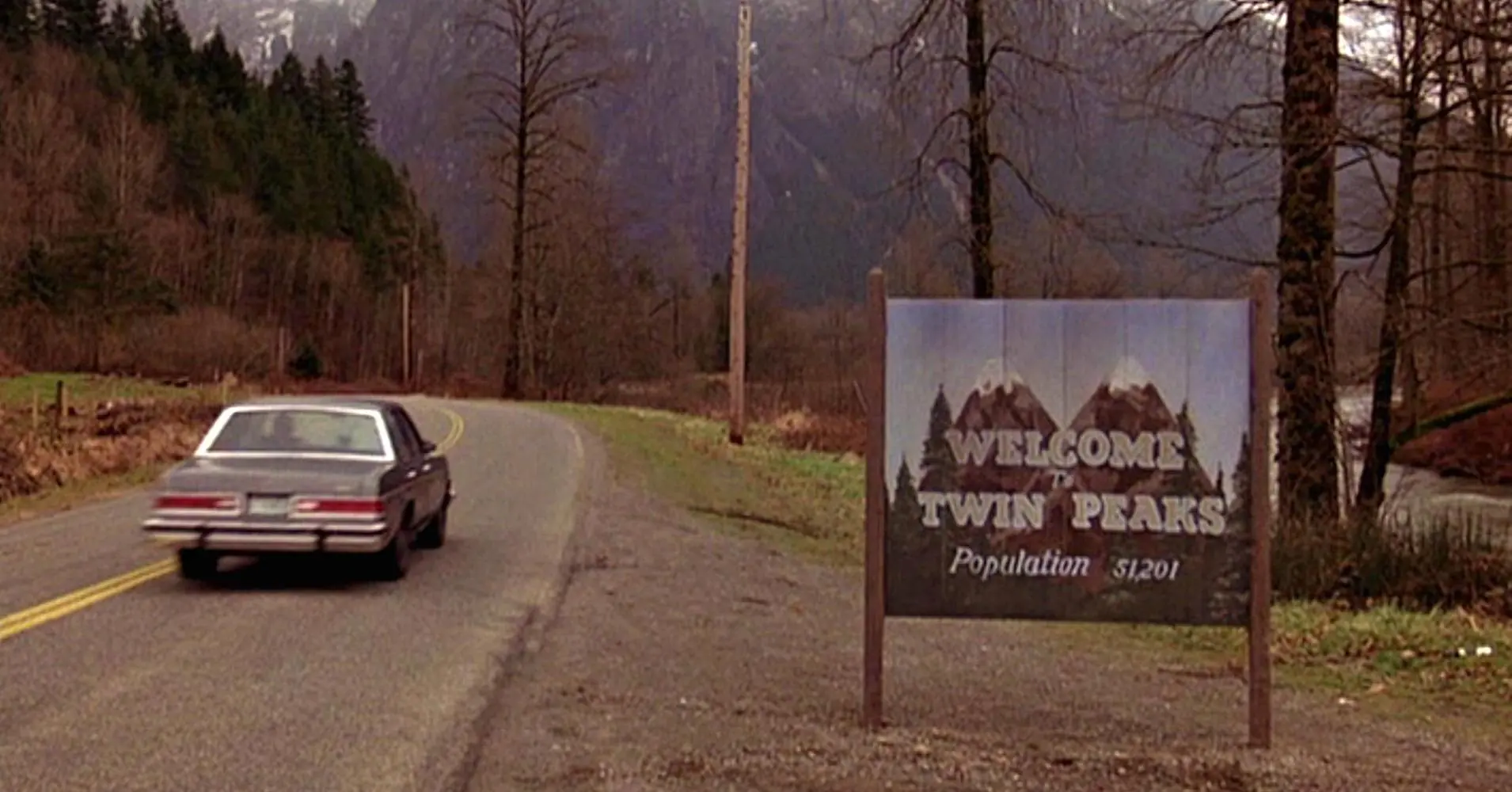
La Dolce Vita?
The year 1986 brought many changes for Lynch. On one hand, there was the media attention and recognition from peers, fueled by the premiere of Blue Velvet. Another Oscar nomination for Best Director, inclusion among the best screenwriters at the Golden Globes, praise from critics, and Woody Allen stating that the story of Dorothy Vallens was the best film he had seen all year, including Hannah and Her Sisters.
On the other hand, Lynch’s emotional nature once again put a strain on his family life. His affair with Isabella Rossellini was no longer a secret, and passionate photos from the set of Blue Velvet had already been reprinted in dozens of tabloids. Mary Fisk, the director’s then-partner, did not take the situation well and harbored deep resentment toward her husband for a long time. The couple divorced in 1987, but even before the legal proceedings were finalized, Lynch moved from Virginia, located on the East Coast, to Los Angeles, one of the most famous cities on the West Coast. Among the fallout from the marital disputes was the irreversible loss of over twenty minutes of unpublished Eraserhead footage, which Mary Fisk unknowingly threw away while cleaning the house after Lynch moved out. In wars, innocent victims always suffer, and in this case, Henry Spencer was the casualty.
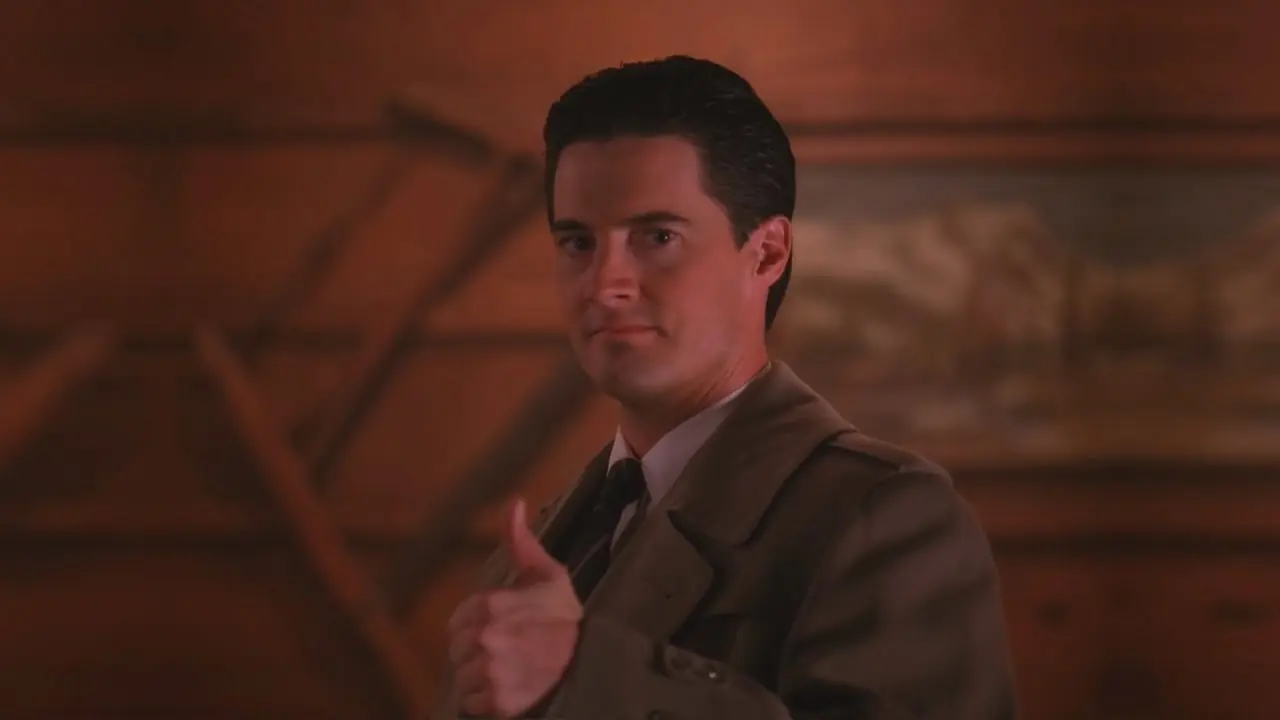
In California, Lynch purchased the Johnson House, a modernist building designed by Lloyd Wright, the son of one of the most important architects of the 20th century, Frank Lloyd Wright. Despite its size, Lynch did not ask Rossellini to leave New York and move to Los Angeles. Due to their professional commitments, the couple preferred to maintain separate lives. However, this didn’t mean they only saw each other on special occasions. Lynch was a frequent guest at Rossellini’s home, and they were often spotted boating together around Long Island. Thanks to Rossellini’s connections, Lynch was introduced to Leo Castelli, one of the most influential contemporary art dealers. Castelli had worked with renowned artists like Andy Warhol and Roy Lichtenstein, and after meeting Lynch, who had never abandoned painting, the gallery owner agreed that his works were remarkable and organized a prestigious exhibition featuring Lynch’s paintings. For the son of a forester who once gave up everything to move to Europe and study painting under Oskar Kokoschka, this was a dream come true.
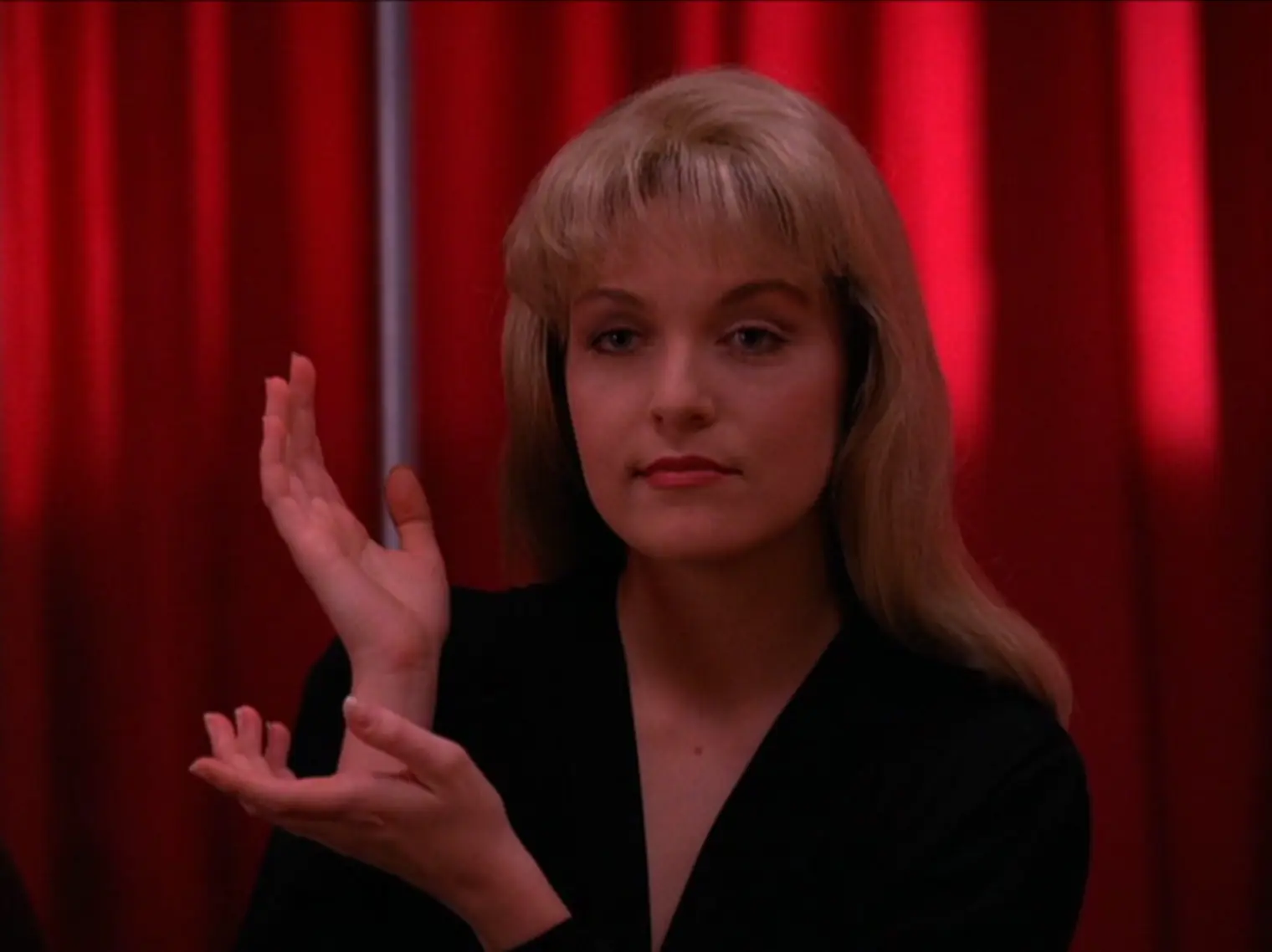
Lynch’s relationship with Rossellini also made one of his dreams come true. In 1987, the American visited her on the set of Nikita Mikhalkov’s Dark Eyes, where Marcello Mastroianni played the lead male role. During the visit, while filming in Italy, Lynch mentioned at dinner with Rossellini and Mastroianni that he had always dreamed of meeting Fellini. The next morning, a car sent by Mastroianni was waiting at Lynch’s hotel door, arranged to take him to Cinecittà, Italy’s largest film studio, where Fellini was filming Intervista. Lynch spent the entire shooting day on set, and Fellini invited him to lunch with Anita Ekberg. For Lynch, this was a pivotal moment, as he had always found something in Fellini’s cinema that resonated with his own artistic vision.
The surreal worlds of Fellini, where a melancholic blend of memories, reflections on life, and seemingly trivial, comedic, and even grotesque scenes merge into a complex portrait of humanity, share much in common with Lynch’s American dreams and nightmares. There must have been a bond between the two creators because a few years later, after Lynch and Rossellini had separated, and Lynch was in Italy shooting a commercial with Tonino Delli Colli, the renowned cinematographer who had also worked with Fellini, the master agreed to receive him in the hospital, from which he would never emerge. Lynch recalls that Fellini sat in a wheelchair, holding his hand throughout their conversation, lamenting that cinema was changing and no longer what it used to be. Two days after their meeting, Fellini fell into a coma from which he never awoke. Lynch was thus one of the last people to have the privilege of discussing Fellini’s greatest love—cinema.
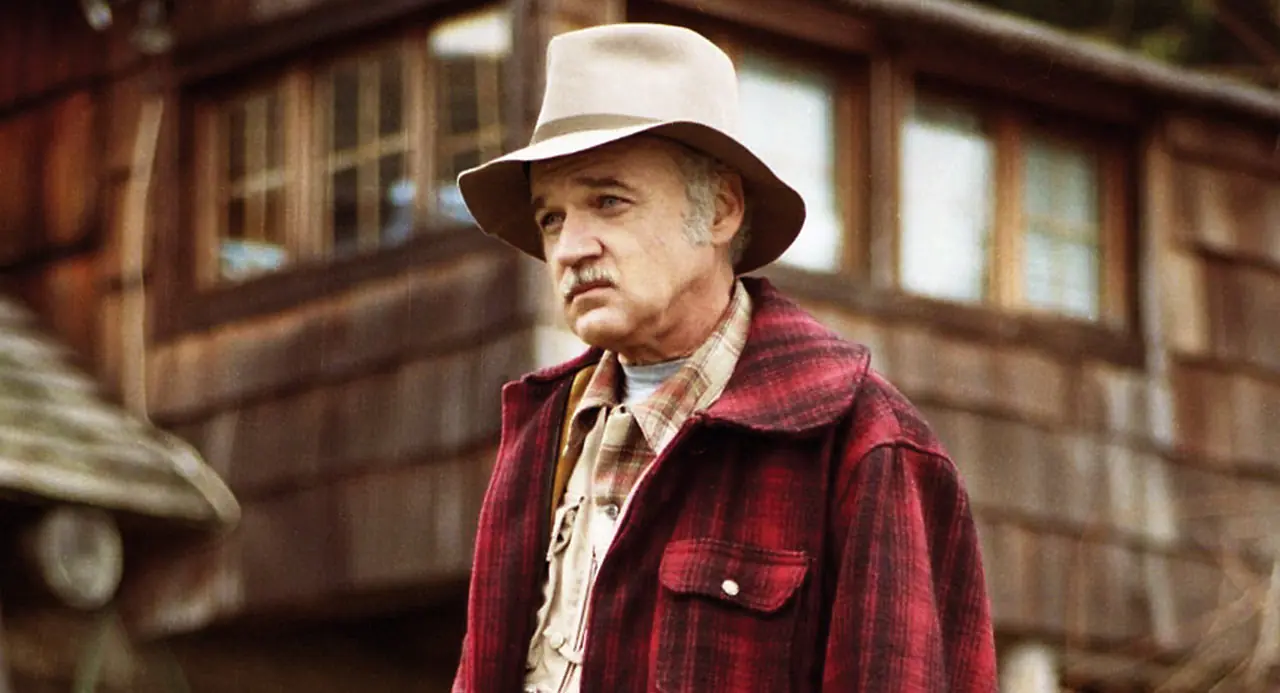
The year 1987 was significant for Lynch for at least two other reasons. At the request of the French magazine Figaro, which, on its tenth anniversary, asked a group of renowned filmmakers to create a short film on the theme “France as seen by…,” Lynch made his first full-fledged comedy. The Cowboy and the Frenchman is a twelve-minute play on stereotypes about Americans and French people, featuring Harry Dean Stanton, Frederic Golchan, and Jack Nance. In addition to Lynch, filmmakers such as Werner Herzog, Andrzej Wajda, Jean-Luc Godard, and Luigi Comencini were asked to contribute. Another reason 1987 stood out for Lynch was his decision to take a role in Tina Rathborne’s film Zelly and Me. He starred in the lead male role, acting alongside his partner Isabella Rossellini. Before this project, Lynch had generally avoided appearing on screen, and the idea of playing a major role in a film filled him more with dread than excitement. Though Zelly and Me was neither a commercial nor an artistic success, it can be seen as a subtle and sensitive portrayal of the real-life relationship between two people, rather than fictional characters, immortalizing the bond between Lynch and Rossellini, making it a film worth remembering.
Toward the Canadian Border
After returning from the set of Dark Eyes, Lynch was contacted by a producer from Warner Bros. who informed him that they wanted to discuss the possibility of making a film about the last days of Marilyn Monroe’s life. The production was intended to be a loose adaptation of the biography Goddess: The Secret Lives of Marilyn Monroe by Anthony Summers. Since both the blonde beauty icon and Elvis Presley were childhood heroes of Lynch, the director quickly agreed to review the studio’s concept. Lynch’s fascination with Monroe reportedly ran so deep that he once won an auction to acquire a piece of red velvet that had been part of the curtain behind her during the famous 1956 calendar shoot.
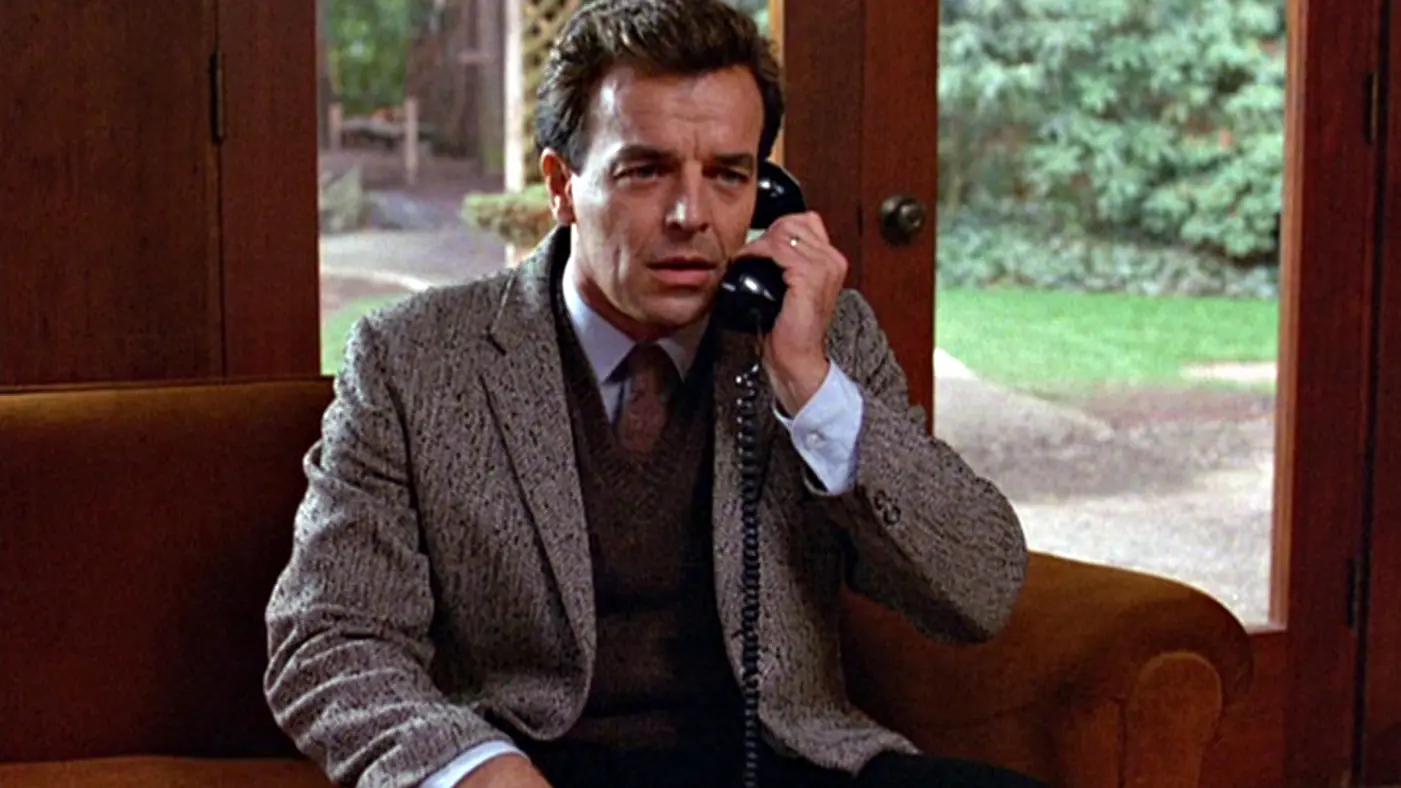
Given that Lynch saw Monroe’s story as one of a girl who appeared to live a happy life, only for dark forces to begin creeping under her door, and considering that velvet has always been one of the director’s fetishes, one could speculate whether that calendar shoot might have been the foundation for the creation of a certain Red Room. Following this train of thought, the post-mortem photographs of Marilyn Monroe that surfaced in the media and appeared in some editions of Summers’ book may have lodged themselves in Lynch’s memory, only to resurface later on the grey beaches of Twin Peaks.
The screenplay for the film about Monroe was to be written by Mark Frost, who revered Summers’ book to an almost cult-like degree. It was at Warner Bros. that Lynch and Frost first met, and after a brief conversation, they immediately clicked. When the Monroe project was rejected by the studio for political reasons—neither Lynch nor Frost wanted to soften the book’s message or ignore the strong suggestions of a connection between Monroe’s death and her alleged affairs with the Kennedy brothers—the two men remained in contact. Their next project, titled The Lemurians, was conceived as a television series. They were particularly encouraged to try their hand in the relatively new medium by Tony Krantz, a producer who appreciated Frost’s TV work (Hill Street Blues) and Lynch’s filmography, especially Blue Velvet. The Lemurians was about two detectives investigating mysteries involving the interference of paranormal forces in our everyday world. These unwanted intruders and incomprehensible forces were linked to Jacques Cousteau’s sea explorations, where, during one of his expeditions, he accidentally uncovered a passage to a sunken continent—the mythical Lemuria. The two took their idea for the series to NBC, where executives politely listened to their pitch but quickly dismissed any chance of production. Detectives and paranormal beings would have to wait until 1993 for the debut of The X-Files.
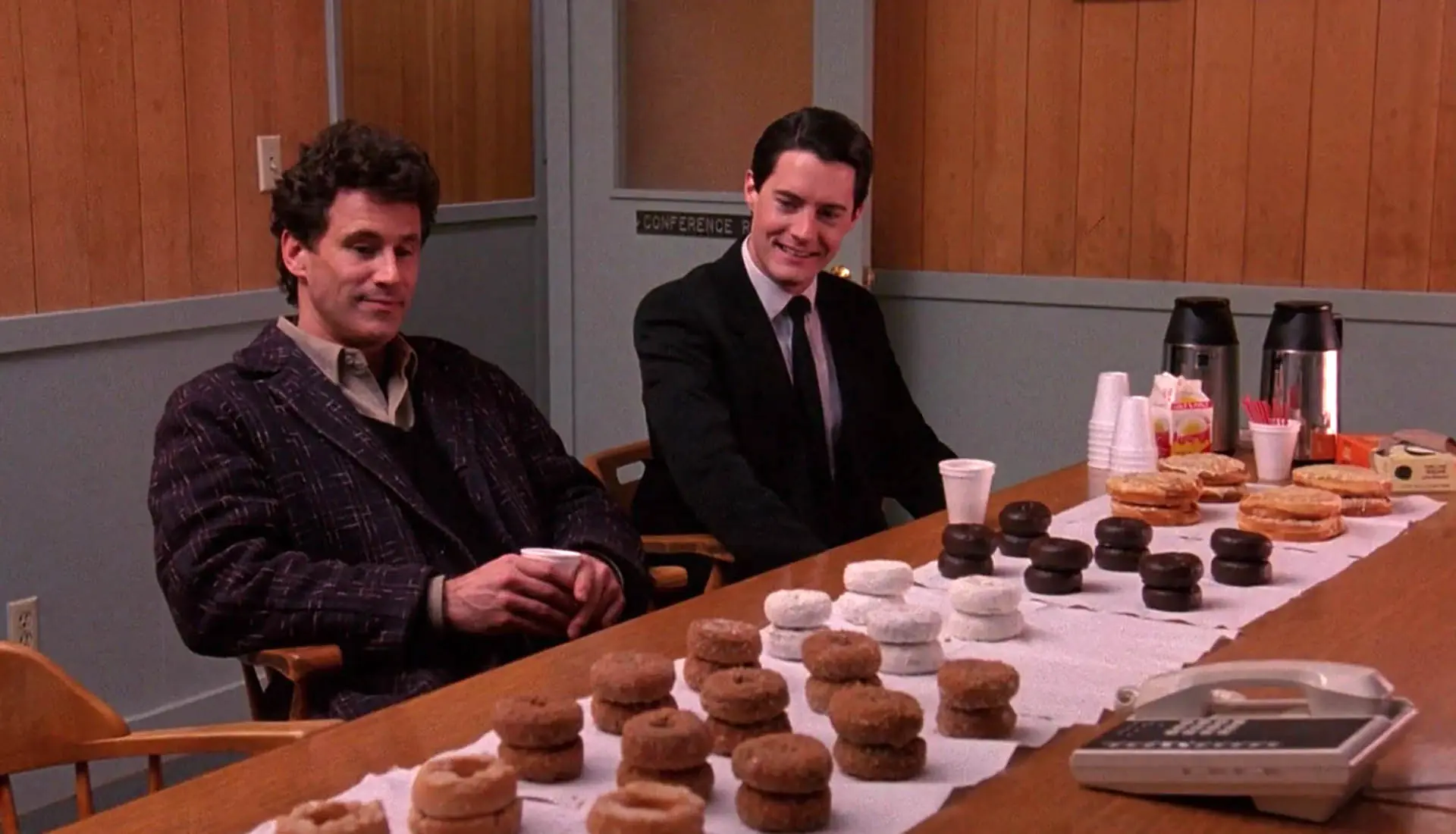
Frost and Lynch, however, were not willing to give up. During a lunch together on Wilshire Boulevard, Lynch proposed creating a comedy called One Saliva Bubble. While working on the screenplay, the men, thanks to the kindness of Dino De Laurentiis, were given a small room in one of his residences. Lynch recalls that while writing, he and Frost would roll on the floor in laughter, thinking the script was one of the funniest things they had ever come up with. The premise was quite unusual: a large bubble was to hit a computer, causing a malfunction, which in turn made a satellite orbiting Earth send a beam capable of swapping personalities. The victims of the glitch were the residents of a small American town. A man henpecked by his wife would switch bodies with a local gangster, while a group of tough guys would find themselves in the bodies of Chinese acrobats, and so on. Pretty strange, but then again, this was Lynch and Frost. Despite the involvement of Steve Martin and Martin Short, who agreed to take on the lead roles, One Saliva Bubble also failed to gain traction with producers. This led to yet another shared meal, this time at Du-par’s, located at the corner of Laurel Canyon and Ventura in Los Angeles. During the meal, they began discussing a girl found washed ashore wrapped in plastic. This conversation would soon change television history.

